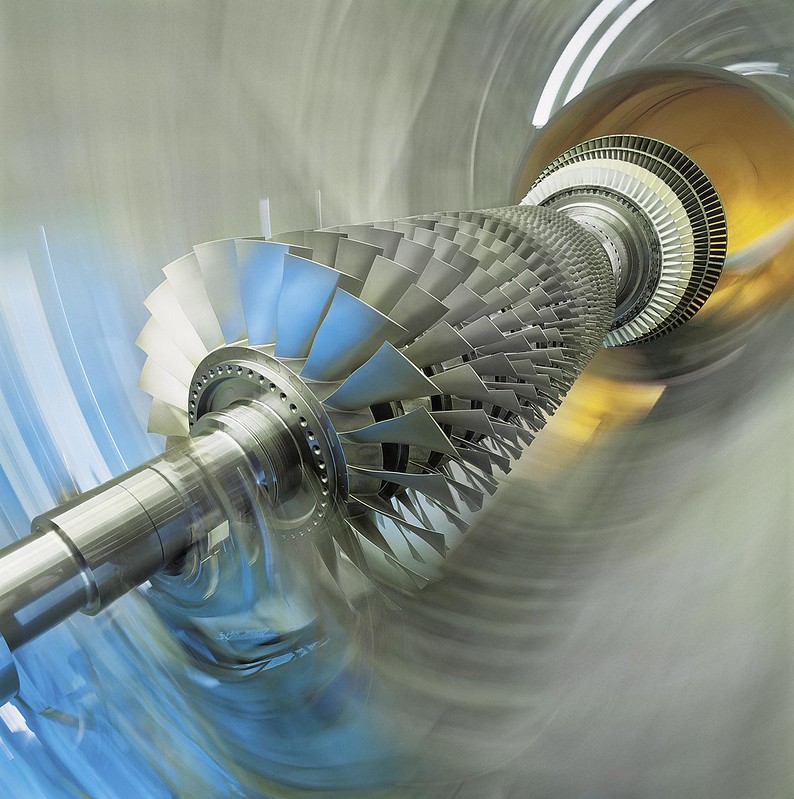Turbine is IREE's frontend for PyTorch.
Turbine provides a collection of tools:
- AOT Export: For compiling one or more
nn.Modules to compiled, deployment ready artifacts. This operates via both a simple one-shot export API (Already upstreamed to torch-mlir) for simple models and an underlying advanced API for complicated models and accessing the full features of the runtime. - Eager Execution: A
torch.compilebackend is provided and a Turbine Tensor/Device is available for more native, interactive use within a PyTorch session. - Custom Ops: Integration for defining custom PyTorch ops and implementing them in terms of IREE's backend IR or a Pythonic kernel language.
Turbine is under active development. Feel free to reach out on one of IREE's communication channels (specifically, we monitor the #pytorch channel on the IREE Discord server).
- Install from source:
pip install iree-turbine
# Or for editable: see instructions under developers
The above does install some unecessary cuda/cudnn packages for cpu use. To avoid this you can specify pytorch-cpu and install via:
pip install -r pytorch-cpu-requirements.txt
pip install iree-turbine
(or follow the "Developers" instructions below for installing from head/nightly)
- Try one of the samples:
Generally, we use Turbine to produce valid, dynamic shaped Torch IR (from the
torch-mlir torch dialect
with various approaches to handling globals). Depending on the use-case and status of the
compiler, these should be compilable via IREE with --iree-input-type=torch for
end to end execution. Dynamic shape support in torch-mlir is a work in progress,
and not everything works at head with release binaries at present.
- AOT MLP With Static Shapes
- AOT MLP with a dynamic batch size
- AOT llama2: Dynamic sequence length custom compiled module with state management internal to the model.
- Eager MNIST with
torch.compile
Use this as a guide to get started developing the project using pinned, pre-release dependencies. You are welcome to deviate as you see fit, but these canonical directions mirror what the CI does.
We recommend setting up a virtual environment (venv). The project is configured
to ignore .venv directories, and editors like VSCode pick them up by default.
python -m venv --prompt iree-turbine .venv
source .venv/bin/activate
If no explicit action is taken, the default PyTorch version will be installed. This will give you a current CUDA-based version. Install a different variant by doing so explicitly first:
CPU:
pip install -r pytorch-cpu-requirements.txt
ROCM:
pip install -r pytorch-rocm-requirements.txt
# Install editable local projects.
pip install -r requirements.txt -e .
pytest .
This project is set up to use the pre-commit tooling. To install it in
your local repo, run: pre-commit install. After this point, when making
commits locally, hooks will run. See https://pre-commit.com/
If doing native development of the compiler, it can be useful to switch to source builds for iree-compiler and iree-runtime.
In order to do this, check out IREE and follow the instructions to build from source, making sure to specify additional options for the Python bindings:
-DIREE_BUILD_PYTHON_BINDINGS=ON -DPython3_EXECUTABLE="$(which python)"
Uninstall existing packages:
pip uninstall iree-compiler
pip uninstall iree-runtime
Copy the .env file from iree/ to this source directory to get IDE
support and add to your path for use from your shell:
source .env && export PYTHONPATH
